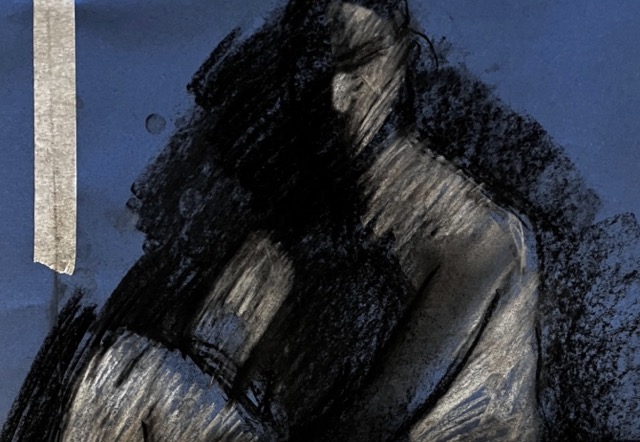
Painting Between The Words
Jenny Holzer’s solo exhibition at Hauser and Wirth, Somerset is predominantly about sex, war and death; a potent and often harrowing combination that the artist seems to treat somewhat at a distance with her trademark text-based work and minimalist aesthetic. Nevertheless, as you walk through the five galleries of this mini retrospective, there are heart-stopping and gut-wrenching moments everywhere. A small bench is engraved with the words “Die fast and quiet when they interrogate you or live so long that they are ashamed to hurt you anymore.” Arranged neatly on two tables are human bones, each one ringed with a silver band, as you might a bird’s leg, inscribed with the imagined words of rape victims. Declassified FBI documents are displayed on LEDs or painstakingly reproduced on large canvases. One, taken from a heavily-redacted statement, bears only a single word: “Waterboard.”

Holzer always uses upper case text in her work as the important thing here, is not the way the words look, but how their bare meaning can gain a startling resonance in a different setting; be that on a bench or a canvas, or even on a t-shirt. For my Hauser & Wirth workshop, however, we will be working with words in an entirely different way; stripping them of their meaning by privileging the formal construction of the letters themselves and looking at the way that words can divide the picture plane.

By working on a fairly large scale, we can also play with the singular dynamic that is implicit in every letter. An N, for example, requires an entirely different movement of the writer to that of a B. Its expression on the canvas can be one of stability or movement; aggression or lyricism. In this way, we can create our own formal, abstract language that stands apart from the banal meaning of the words themselves.
“To lay bare the elements and group them into assembled subdivisions, to dissect and reconstruct into a whole simultaneously at various places, to create a visual polyphony and to bring about stillness by balancing movement, all these are aspects of form and are of great importance for the knowledge of form, but they are not yet art. In the uppermost circle, beyond ambiguity, there lies a final mystery, which the light of our meagre intellect fails to penetrate.” Paul Klee (1879 – 1940)
To book and for more information, please click here.






This Post Has 0 Comments